
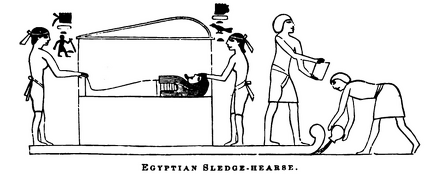 Egyptian Sledge-Hearse
Egyptian Sledge-Hearse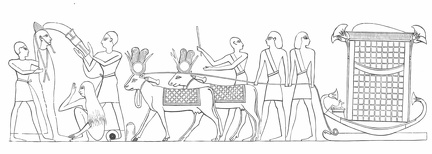 An Egyptian Funeral Cortege
An Egyptian Funeral Cortege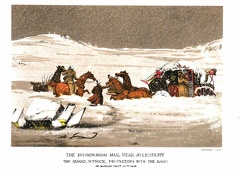 The Birmingham Mail near Aylesbury
The Birmingham Mail near Aylesbury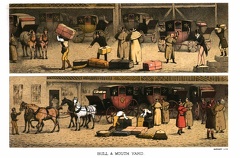 Bull and Mouth Road
Bull and Mouth Road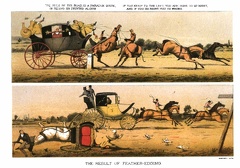 The Result of Feather-Edging
The Result of Feather-Edging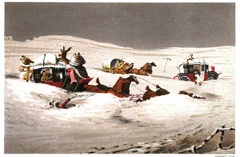 The Holyhead and Chester Mails
The Holyhead and Chester Mails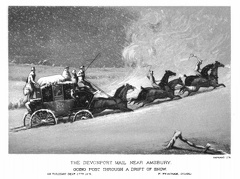 The Devonport Mail near Amsbury going post through a drift of snow
The Devonport Mail near Amsbury going post through a drift of snow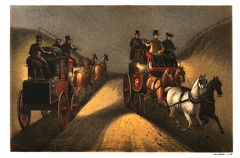 The Mail's Meeting
The Mail's Meeting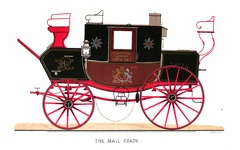 The Mail Coach
The Mail Coach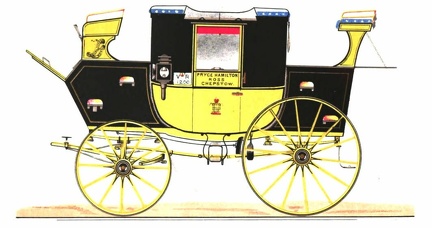 The Stage Coach
The Stage Coach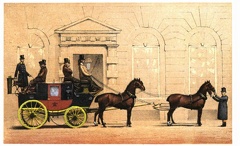 Duke of Beauforts's Drag
Duke of Beauforts's Drag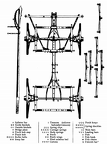 Under Carriage of Coach
Under Carriage of Coach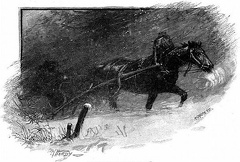 Horse and buggy in a snowstorm
Horse and buggy in a snowstorm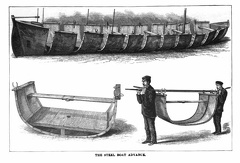 The Steel Boat 'Advance'
The Steel Boat 'Advance'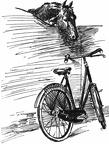 Horse looking at a bicycle
Horse looking at a bicycle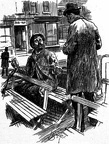 Conductor asking passenger for the fare
Conductor asking passenger for the fare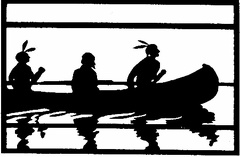 Indian Canoe
Indian Canoe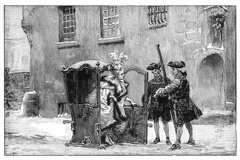 Femme-de-la-cour and foundling
Femme-de-la-cour and foundling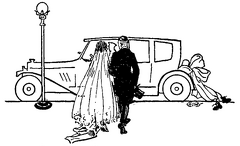 Man and wife about to go away in the bridal car
Man and wife about to go away in the bridal car An aeroplane is a necessity in times of peace
An aeroplane is a necessity in times of peace The ascension of Montgolfier’s balloon
The ascension of Montgolfier’s balloon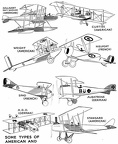 Some types of American and foreign aeroplanes
Some types of American and foreign aeroplanes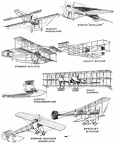 Some types of American and foreign aeroplanes
Some types of American and foreign aeroplanes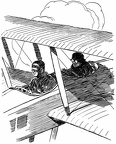 Pilot and passenger
Pilot and passenger Fast mail-carrying aeroplanes will make postal deliveries everywhere
Fast mail-carrying aeroplanes will make postal deliveries everywhere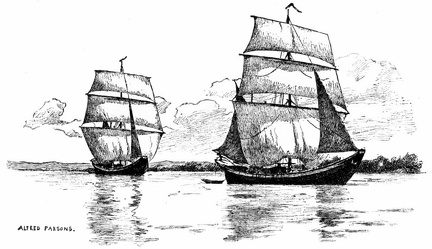 Turkish Vessels
Turkish Vessels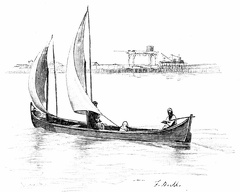 Turkish Sailing Lotka, Sulina
Turkish Sailing Lotka, Sulina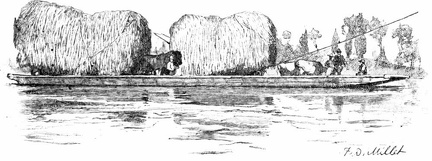 The Ferry
The Ferry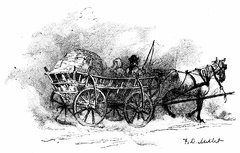 Peasant Wagon, Hainburg
Peasant Wagon, Hainburg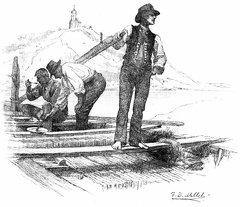 On the Tile-boat
On the Tile-boat Lumber Raft
Lumber Raft Bulgarian Buffalo Cart
Bulgarian Buffalo Cart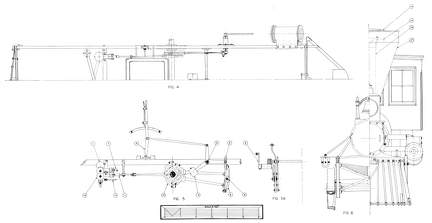 Pioneer Locomotive
Pioneer Locomotive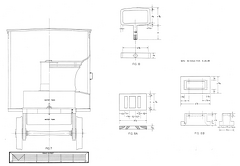 Rear elevation of Pioneer
Rear elevation of Pioneer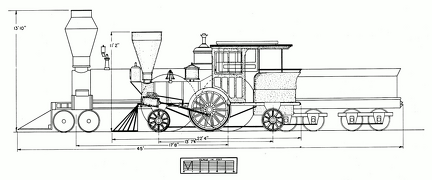 Diagram comparing the Pioneer with the Columbia
Diagram comparing the Pioneer with the Columbia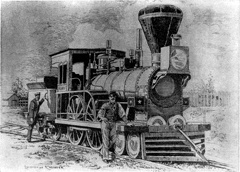 The Fury
The Fury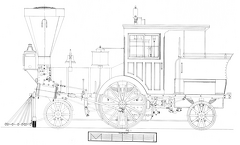 Pioneer Locomotive
Pioneer Locomotive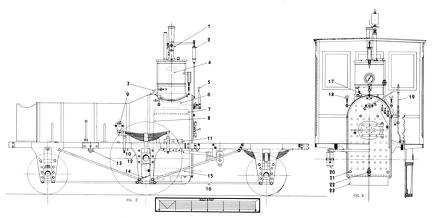 Pioneer Locomotive
Pioneer Locomotive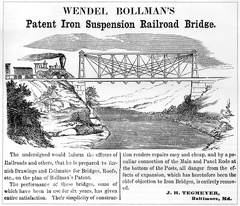 Wendell Bollmans Patent Bridge
Wendell Bollmans Patent Bridge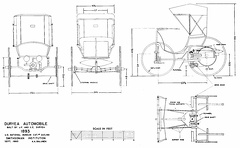 Duryea Automobile
Duryea Automobile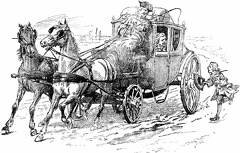 He called to the coachman to stop
He called to the coachman to stop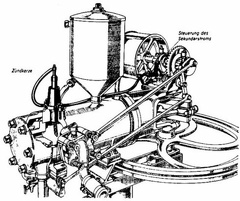 Drawing of 1885 Benz engine
Drawing of 1885 Benz engine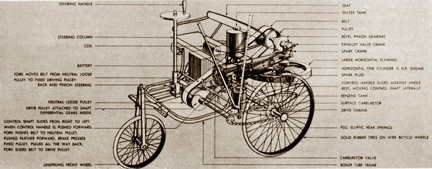 Phantom illustration of Benz' first automobile
Phantom illustration of Benz' first automobile Illustration from U.S. patent 385087
Illustration from U.S. patent 385087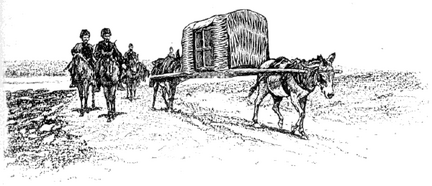 The conveyance of a Persian official traveling in disgrace to Teheran at the call of the shah
The conveyance of a Persian official traveling in disgrace to Teheran at the call of the shah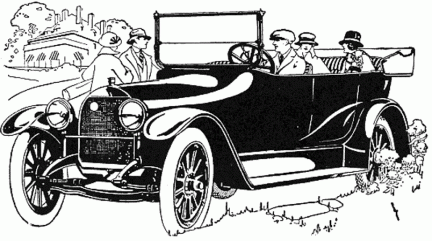 Chauffeur driving two ladies
Chauffeur driving two ladies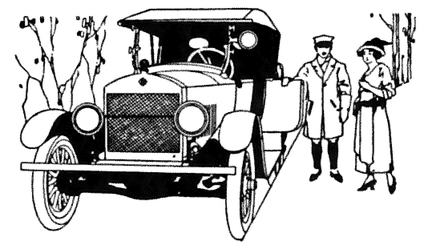 Chauffeur opening door for a lady
Chauffeur opening door for a lady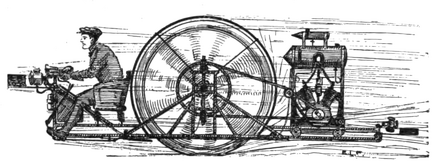 A Possibility of Motorcycling in the Future
A Possibility of Motorcycling in the Future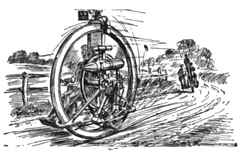 A Possibility of Motorcycling in the Future
A Possibility of Motorcycling in the Future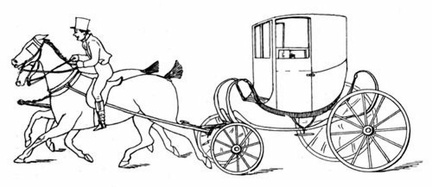 London Cabriolet
London Cabriolet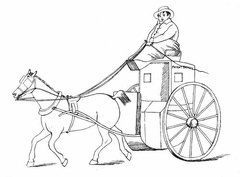 London cabriolet
London cabriolet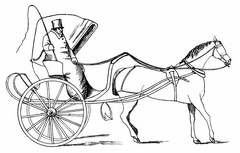 London Cab
London Cab State Carriage of the Fourteenth Century
State Carriage of the Fourteenth Century Cabriolet of the Fourteenth Century
Cabriolet of the Fourteenth Century Driving on the road
Driving on the road Man with a bicycle
Man with a bicycle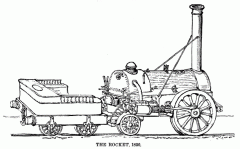 The Rocket 1830
The Rocket 1830 Boats on Nile about 2500 B.C.
Boats on Nile about 2500 B.C.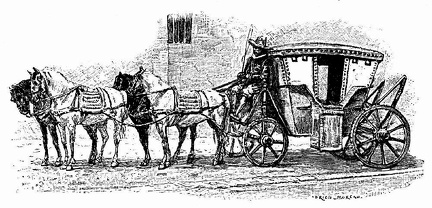 Caroche
Caroche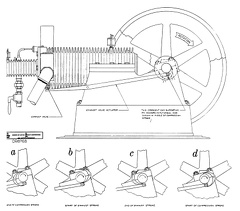 Shop engine, 1901
Shop engine, 1901



